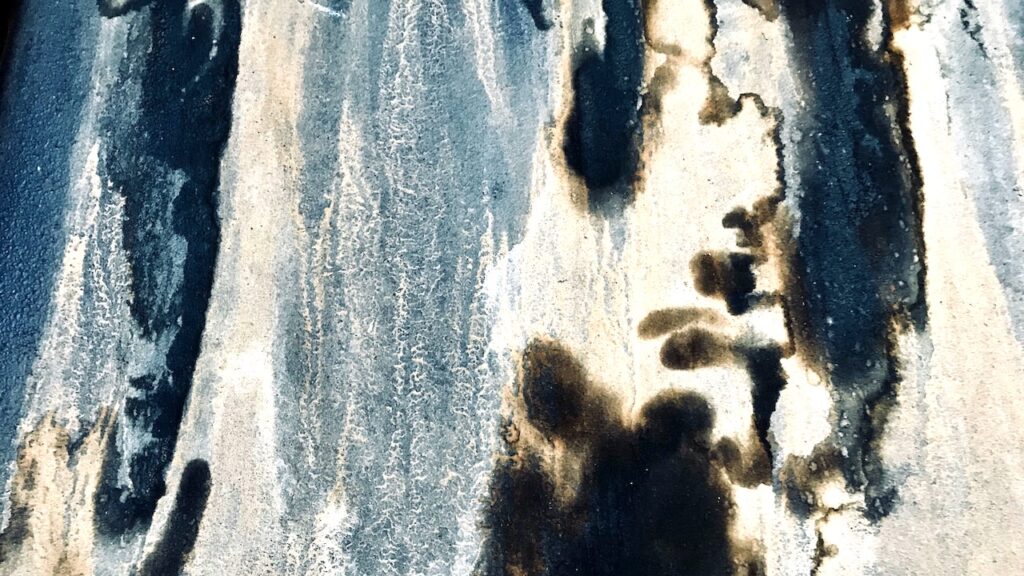Biocides are substances that can destroy living organisms.
The use of a chemical or biocide that kills organisms such as mold (chlorine bleach, for example) is not recommended as a routine practice during mold cleanup.
There may be instances, however, when professional judgment may indicate its use (for example, when immune-compromised individuals are present).
In most cases, it is not possible or desirable to sterilize an area; a background level of mold spores will remain—these spores will not grow if the moisture problem has been resolved.
If you choose to use disinfectants or biocides, always ventilate the area and exhaust the air to the outdoors.
Never mix chlorine bleach solution with other cleaning solutions or detergents that contain ammonia because toxic fumes could be produced.
Please note: Dead mold may still cause allergic reactions in some people, so it is not enough to simply kill the mold, it must also be removed.
For more information on mold:
- Read: What are the Basic Mold Cleanup Steps?
- Read: Mold Remediation in Schools and Commercial Buildings
- Read: A Brief Guide to Mold, Moisture, and Your Home
- Una Breve Guía para el Moho, la Humedad y su Hogar está disponible en el formato PDF
- Visit the Mold website
Produced and published by the United States Environmental Protection Agency (EPA). Last Updated: October 26, 2022. Hyperlinks within the text and text appearing in brackets may have been added for clarity or ease of use by Moldli editors.


